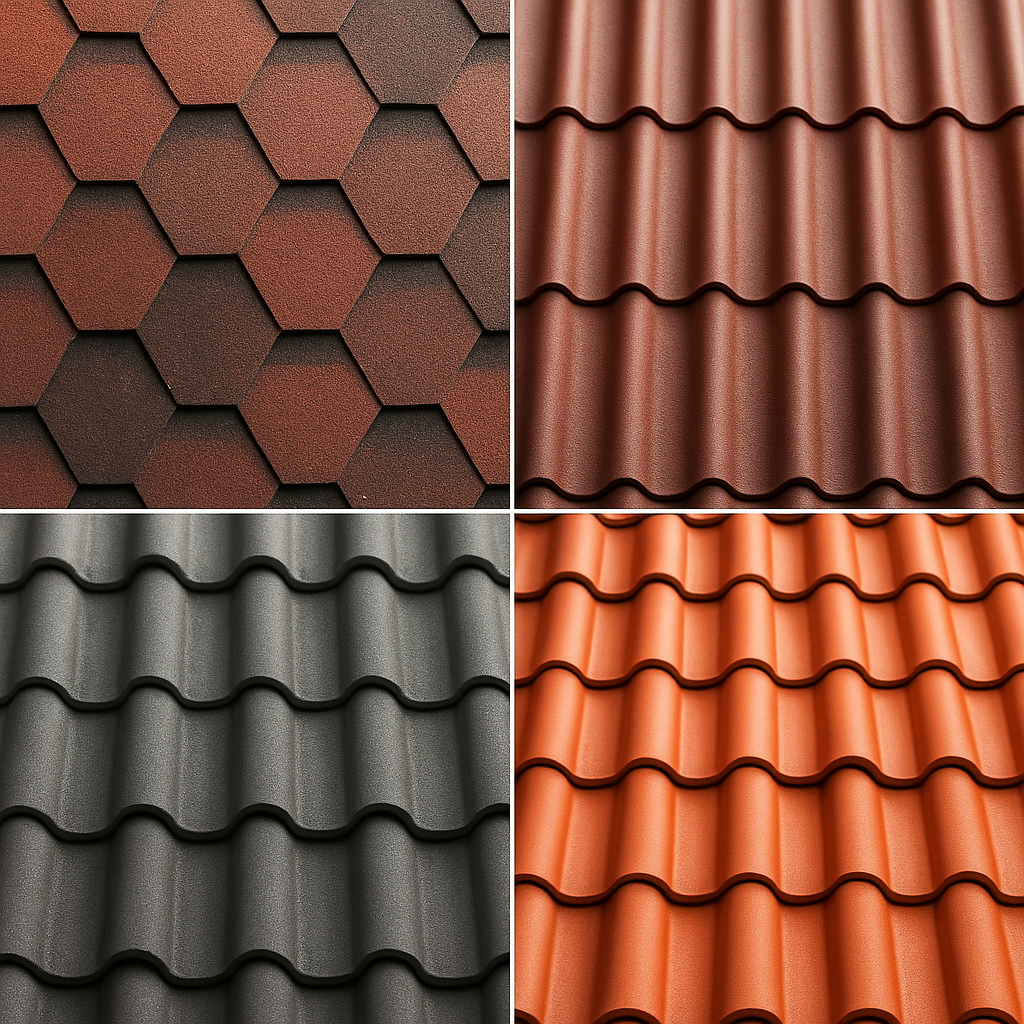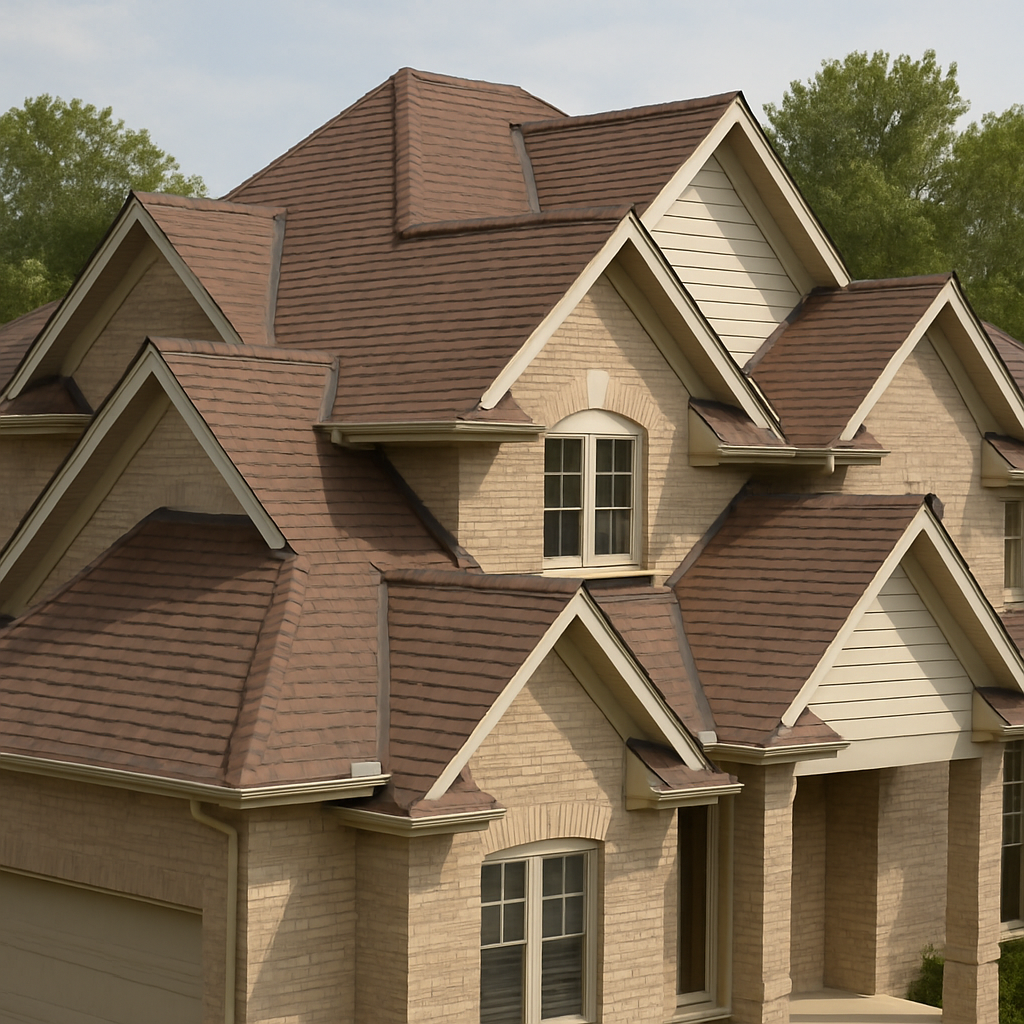Budgeting for Your New Roof Installation
Planning a new roof installation can be a daunting task, especially when trying to budget for the associated costs. With various materials and labor options available, understanding how much you’ll need to spend is crucial. This guide will provide insight into the average costs and factors affecting roof installation, helping you plan effectively for your new roof project. By the end of this article, you will have a comprehensive understanding of what goes into the cost of a roof installation and how to manage your budget efficiently.
Before you dive into the numbers, it’s important to understand the key components that make up the cost of a new roof installation. These costs are not just about the visible materials, but also about the labor and additional expenses that are not immediately apparent. Knowing these components can help you make informed decisions and avoid unexpected financial surprises.
The type of roofing material you choose significantly affects the overall cost. Common options include asphalt shingles, metal roofing, tile, and wood shakes. Each material has its own price range, durability, and aesthetic appeal. Asphalt shingles are the most popular choice due to their affordability and ease of installation, with costs typically ranging from $1 to $5 per square foot. Metal roofing, while more expensive upfront, offers longevity and energy efficiency that can lead to savings in the long term.
Tile roofing is often preferred for its durability and distinctive look, but it comes with a higher price tag and requires a stronger roof structure to support its weight. Wood shakes provide a natural appearance and good insulation but may require more maintenance and have a higher cost. Each material requires careful consideration of its pros and cons in relation to your specific needs and budget.
Labor
Labor costs vary depending on your location and the complexity of your roof design. In general, roofing labor costs per square foot can range from $1.50 to $3.00. More complex roofs with steeper pitches or intricate designs may incur higher labor costs. A straightforward design with easily accessible areas will typically cost less in labor compared to a roof with multiple peaks and valleys.
The experience and reputation of the roofing contractor also play a role in labor costs. Hiring a reputable, experienced contractor might cost more initially but can save money in the long run by ensuring quality work that reduces the need for future repairs. Additionally, the time of year can influence labor costs, as demand for roofing services often fluctuates with the seasons.
Additional Costs
Additional expenses to consider include removing the old roof, disposing of debris, and any necessary repairs to the underlying structure. These costs can add up, so it’s important to factor them into your budget. Roof removal and disposal can be particularly expensive if your existing roof is large or complex.
Another potential cost is obtaining permits required by local regulations for roof installations, which can vary greatly depending on where you live. You might also need to make unforeseen repairs to the roof deck or insulation once the old roof is removed. Being prepared for these additional costs ensures that your project stays on budget.
How Much Does a New Roof Cost on Average?
The average cost of a new roof installation in the United States can range from $5,000 to $12,000. However, this number can vary widely based on the size of your roof, the materials you choose, and your location. Here’s a breakdown of the average costs for different roofing materials:
- Asphalt Shingles: $3,000 to $8,000
- Metal Roofing: $5,000 to $12,000
- Tile Roofing: $8,000 to $20,000
- Wood Shakes: $7,000 to $15,000
These figures are general estimates and can be influenced by factors such as regional price differences and market demand. The size of your home, the pitch of your roof, and the complexity of its design can all increase costs significantly. Additionally, economic factors such as supply chain issues or fluctuations in material costs can affect these estimates.
Calculating the Cost of Your Roof Replacement
To get a more accurate estimate of your roof replacement cost, consider using a roof replacement cost calculator. These tools factor in your roof’s size, pitch, and material preferences to provide a customized estimate. They can be found online and are often provided by roofing companies as part of their service offerings.
Steps to Calculate Your Roof Cost
- Measure Your Roof: Determine the square footage of your roof. A “square” in roofing terms is a 10×10 foot area. You’ll need this measurement to calculate material costs. Accurate measurements are crucial to avoid buying excess materials or facing shortages during installation.
- Choose Your Material: Decide on the type of roofing material you want. Remember that each material has a different cost per square foot. Consider factors like the climate in your area, the architectural style of your home, and your long-term maintenance preferences when making your choice.
- Factor in Labor: Consider the complexity of your roof design and the average labor costs in your area. Research local contractors to get an idea of the going rate for labor, and remember that more experienced contractors may charge more but offer higher quality work.
- Include Additional Costs: Don’t forget to account for the cost of removing your old roof, disposal fees, and any necessary repairs. Be proactive in obtaining permit costs and planning for potential structural repairs that might be revealed once the old roof is removed.
Factors Affecting Roof Replacement Costs
Several factors can influence the cost of your roof replacement, including:
Roof Size and Complexity
The size and complexity of your roof play a significant role in determining the overall cost. Larger roofs require more materials and labor, while complex designs may need specialized expertise. Intricate designs with many angles and edges take more time to install, increasing labor costs.
If your roof has multiple dormers or is designed with unique architectural features, it will likely require more skilled labor and specialized materials. The more complex the design, the more careful planning and execution are required, which can lead to higher overall costs.
Material Quality
Higher-quality materials generally cost more but offer better durability and longevity. Investing in quality materials can save you money in the long run by reducing the need for repairs and replacements. For instance, metal roofs may have higher upfront costs, but their lifespan can extend over 50 years, providing savings on maintenance and replacement.
Quality materials also enhance the overall aesthetic and value of your home. This can be particularly important if you plan to sell your property in the future, as a high-quality roof can be a significant selling point. Always consider the long-term benefits against the immediate costs when choosing materials.
Location
The cost of living in your area can impact labor rates and material prices. Urban areas with a higher cost of living may have higher roofing costs compared to rural regions. Additionally, local weather conditions might necessitate specific materials or installation techniques, influencing overall costs.
Proximity to suppliers can also affect prices. If materials need to be shipped from a distant location, transportation costs can add to the overall expense. Understanding these regional differences can help you better anticipate and budget for your roofing project.
Roof Pitch
Steeper roofs are more challenging to work on and may incur higher labor costs. Roofs with a gentle slope are generally easier and cheaper to install. The pitch of your roof affects how easy it is for workers to move and work safely, which in turn impacts the amount of time and labor required.
Steeply pitched roofs often require additional safety equipment and measures, increasing labor time and costs. They may also need specialized materials or installation techniques, further influencing the overall budget. It’s important to consider how the pitch of your roof will affect both installation and future maintenance costs.
Tips for Budgeting Your Roof Installation
Get Multiple Quotes
Obtain quotes from multiple roofing contractors to ensure you’re getting a fair price. Compare the estimates and ask for a breakdown of the costs to understand what you’re paying for. This practice not only helps you find competitive pricing but also gives you insights into what different contractors consider important for your project.
When reviewing quotes, pay attention to the details, such as the types of materials included, the duration of the project, and any warranties offered. Don’t hesitate to ask contractors about their experience, certifications, and past projects to ensure you’re choosing a qualified professional.
Plan for Unexpected Expenses
Set aside a contingency budget for unexpected costs, such as additional repairs or upgrades. A good rule of thumb is to allocate an extra 10-20% of your total budget for these expenses. This cushion can help cover any surprises that arise once work begins, such as discovering water damage or structural issues.
Having a contingency budget also gives you the flexibility to make improvements or upgrades during the project if desired. By preparing for the unexpected, you can avoid the stress of financial strain and keep your project on track.
Consider Financing Options
If the cost of a new roof is beyond your immediate budget, explore financing options. Many roofing companies offer payment plans or financing programs to help spread the cost over time. Home equity loans or lines of credit are also viable options to consider.
Before committing to a financing plan, carefully review the terms and interest rates to ensure they fit within your long-term financial plans. Some financing options may offer incentives or lower interest rates for energy-efficient roofing materials, providing additional savings.
Conclusion
A new roof installation is a significant investment that requires careful planning and budgeting. By understanding the factors that affect roofing costs and using tools like a roof replacement cost calculator, you can better prepare for the financial aspect of your project. Remember to consider material choices, labor costs, and additional expenses when planning your budget. With the right information and preparation, you can ensure a successful and cost-effective roof installation. By taking the time to research, plan, and consult with professionals, you can protect your home and enhance its value with confidence.


